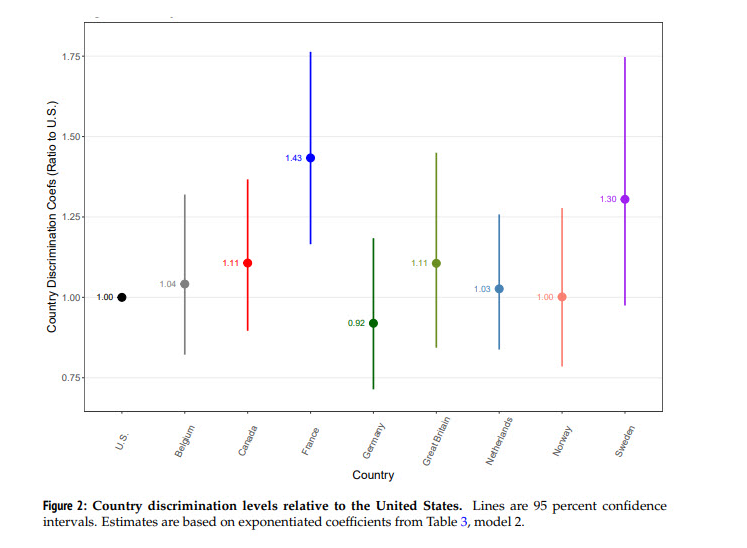We are constantly told that if we want to be good at anything in life, we must practice. It starts when we are kids, and we want to be our heroes. If you want to be good at sports, or dance, or computer games, you must practice. Not just “play” but specific steps that lead to success in the endeavor we’ve chosen.
Tyler Cowen released his book “Talent” in 2022 and I really like this quote from it:
“What is it you do to practice that is analogous to how a pianist practice scales?”
What do you do each day to practice your profession?
What I find when I ask HR and TA professionals this question, and we really dig in, is there “practice” is showing up and doing the job. That is akin to an NBA player just showing up and playing games but never putting in time and effort outside of the game to increase or maintain their basketball skill level. They wouldn’t be successful for long.
Just showing up and doing the job isn’t practice. That’s the job.
Are we talking about practice…
YES!
Let me tell you how I practice my skill in HR and TA:
- I write on this blog that has nothing to do with my paying job.
- I design and present content for roughly 20+ webinars every year.
- I design and present content to present live on stage for around 20 different talks every year.
- I consciously reach out and schedule calls with experts in our industry to “talk shop” each month that has nothing to do with my paying job.
- I network on sites like LinkedIn to expand my professional network and ask and answer as many questions as I can.
- I will do upwards of 100 tech demos per year in the technology that impacts my industry.
- I will attend upwards of 12 HR and TA professional conferences.
Okay, I’m a complete freak around personal development, primarily because I actually really like this stuff. That makes it easier to do, for sure.
But, I rarely get into a professional dilemma where I don’t feel prepared to handle the situation. I believe that is because I’ve “practiced” a whole bunch!
I get asked frequently, “How did you learn this stuff?”
Practice.
Honestly, my hope is one day, I’ll take this love of practice in my professional life and turn it into some other sort of practice in my personal life. Like, someday, I’ll roll out of bed and be like, “okay, today is the day I stop being an out-of-shape dough ball and get back into shape like I was in college!
I mean, if I can put this level of practice into my professional life, it stands to believe I could put that same level of practice into any part of my life.
Do you want to be “Great” at your Career?
I find almost 100% of people I would ask this question to will say, “Yes, of course!”
But like my lazy butt sitting on the couch at night watching Netflix, they are willing to put in the practice of being great. They are just showing up to work and doing the job. That usually doesn’t lead to greatness.
Don’t get me wrong. Some folks can show up and be great, just like freak athletes. That is about .001% of our society. So slow your roll. That isn’t you.
I want to be great at my job, but I don’t really do anything other than the job to ensure I’ll be great at it. Doesn’t that sound funny? It goes against everything we know about greatness in our lives.
Don’t get me wrong. I don’t believe I’m great at HR and TA. I think I’m pretty good at certain parts of it, but I know people who are so much better than me at so many parts. When you compare yourself against the top 1% in your profession, you feel small. You feel like you need more practice.
When you compare yourself against Kevin in payroll, that constantly loses his way back to his cube, you feel like you’re a giant. Practice isn’t needed to be greater than Kevin. That’s our problem. Most of us are surrounded by average players, and your slightly above-average performance makes you feel like you no longer need practice.
Pick higher performance targets. Chose to emulate someone who amazes you in your profession. Chase greatness through practice.

